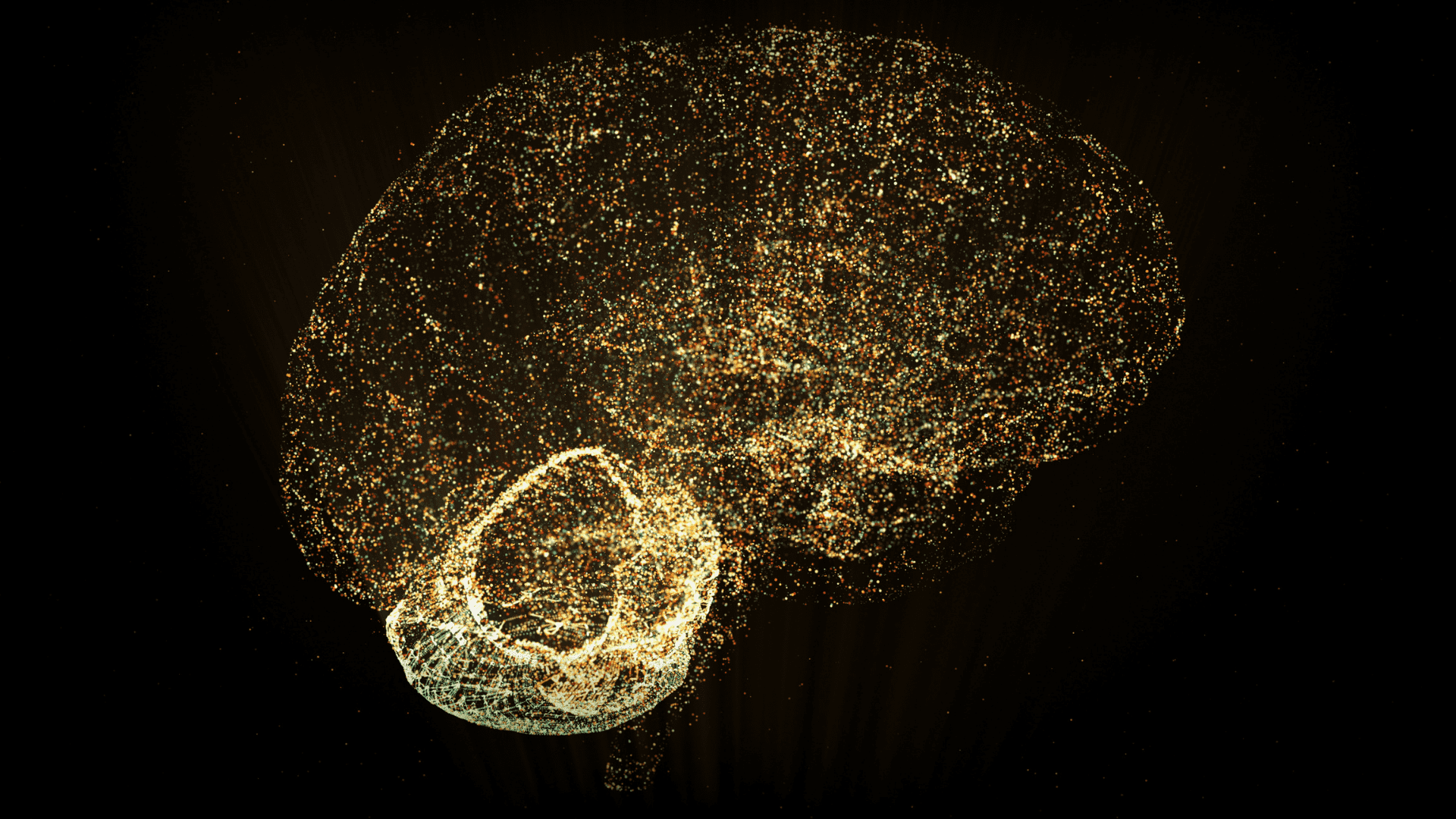Send a message.
We’re here to answer any question you may have.
Feedbacks
Do you have something to tell us? Send a message.
Submit the form and send →
We’re here to answer any question you may have.
Do you have something to tell us? Send a message.
Submit the form and send →
Our support extends to all the people involved in your care: your family and support team, your General Practitioner, psychologists and other health care professionals. All working together collaboratively to achieve your aspirations.

Anxiety is the most common mental illness in Australia. 1 in 7 Australians between the age of 18 and 85 are living with some form of anxiety disorder. Anxiety symptoms may include panic and fear, uncontrollable obsessive thoughts, memories that are painful, intrusive and physical symptoms such as feeling sick to your heart-pounding, laboured breathing, feeling sick and muscle tension.
This is the second most common mental illness in Australia. 1 in 12 Australians between the age of 18 and 85 are living with some form of depression. Depression negatively affects how you feel, think, and act. The most common symptoms of depression include deep feelings of sadness, loss of energy and a loss of interest in your usual activities. Other symptoms can include sleeping difficulties, a change in appetite resulting in weight changes that are unrelated to dieting, feelings of worthlessness, unnecessary guilt, and difficulty thinking and concentrating.


1% of adults in Australia have this disorder. This is sometimes referred to as manic depression. Symptoms include persistent periods of high (mania) and low mood (depression) which cause significant dysfunction with a person’s everyday life, including their work, studies and with relationships.
This can occur when you are exposed to traumatic events that most people would find extremely distressing.
People with PTSD experience flashbacks and nightmares of these events and associated feelings of panic or extreme fear. There is often associated intense psychological distress, and physical reactions, such as heart palpitations, sweating and shaking.


This is often mistaken for bipolar affective disorder and it is important to get the diagnosis correct because the treatments are completely different. Emotionally unstable personality disorder is characterised by pervasive instability of interpersonal relationships, self-image, mood and impulsive behaviour. Symptoms include severe mood instability, a feeling of emptiness, uncertainty with identity, unstable relationships, intense fears of abandonment, impulsive behaviour, and self-harm
Attention-deficit/hyperactivity disorder (ADHD) is a chronic condition that affects millions of adults across the world. Symptoms start in early childhood and the dysfunction caused by these symptoms can continue into adulthood. ADHD includes a combination of persistent difficulties with sustaining attention, hyperactivity and impulsivity which causes problems with studies and at work. People with ADHD may also struggle with low self-esteem and troubled relationships


Autism spectrum disorder is a condition related to brain development that affects how a person perceives and socialises with others, causing problems in social interaction and communication. Other symptoms include inflexibility and rigid routines and sensory processing abnormalities. It includes conditions that were previously considered separate including Asperger’s syndrome. Symptoms start in very early childhood and early signs can be a delay in normal milestones, such as talking
Up to 64,000 adults or 0.5% of adults between 18 and 64 in Australia are living with some form of psychosis. Psychosis is simply a term to describe where people have an impaired relationship with reality.The signs of psychosis can be subtle and take years to develop. These signs can include social withdrawal, diminished communication, and changes in a person’s warmth and reactivity. More obvious symptoms include delusions and hallucinations.

Adding {{itemName}} to cart
Added {{itemName}} to cart